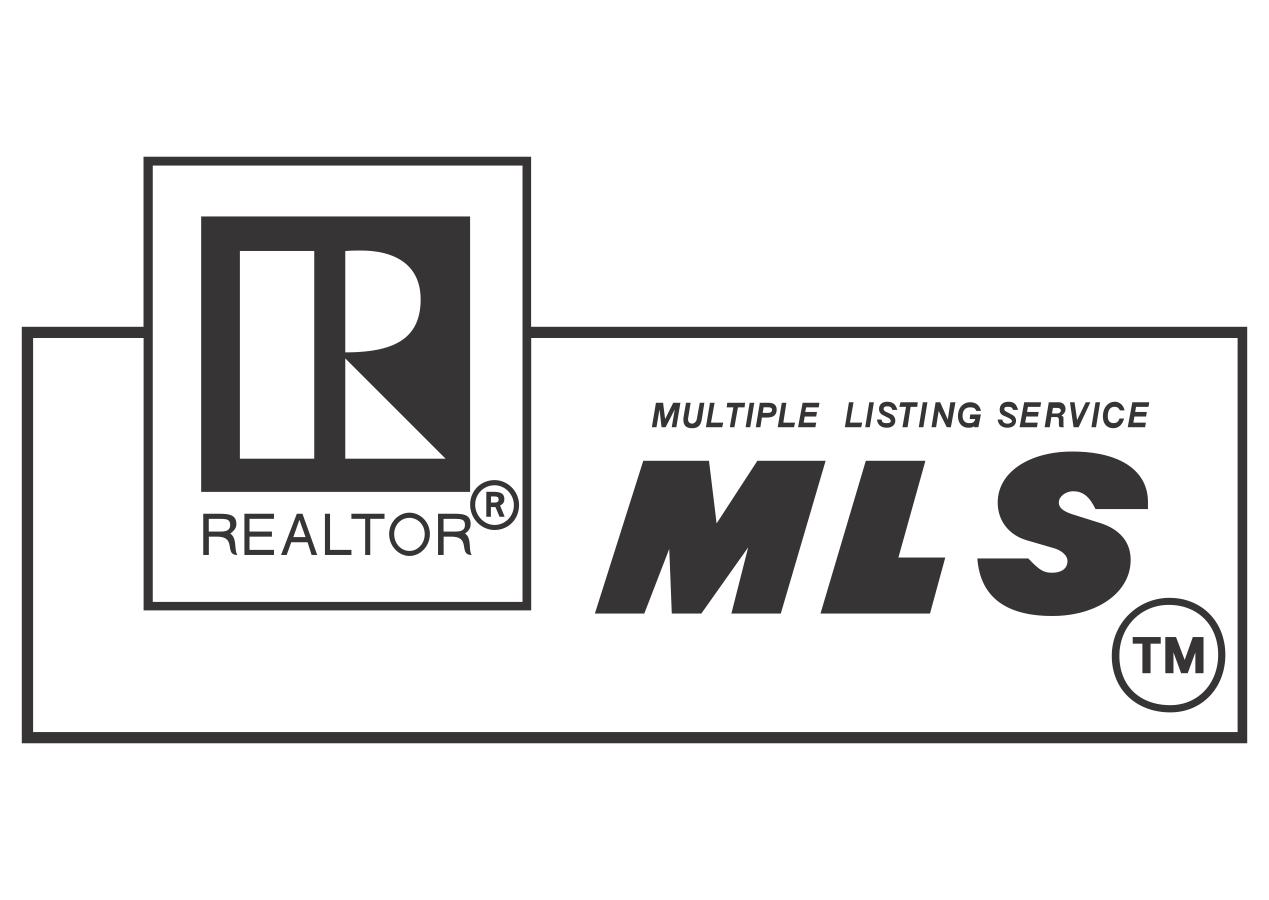You need to read this – even though you don’t want to.
Typically, in the vast majority of locations around the United States, the Seller of a property agrees to pay a commission to a real estate broker that they list their property for sale with. When the transaction closes, that listing broker will split the total commission earned with the broker who brought the buyer, and also with their agent that took the listing. The buyer’s broker will then split their portion (selling side) of the commission with their agent that worked with the buyer.
That total commission, often 6%, usually gets split at least 4 ways.

It can be a little confusing so let’s add in a few more facts and break it down some more.
- Brokers (or Brokerage Companies), not their agents, own the Listings and are the only ones that can be paid a commission by the seller (or buyer in rare cases).
- Contrary to what some people claim, the Buyer does not effectively pay the commission because it is “baked” into the selling price. A property will sell for its market value, regardless of what, if any, commission a seller may be paying – Market Value is a whole other discussion in itself.
- 93% of listings in active markets (primarily urban and suburban areas) are sold by a buyer’s agent. That is, they are not sold by the listing agent, they are sold by another agent, usually with another broker, that is working with the buyer. This can change in small and niche markets, but in average to large size markets the 93% applies most of the time.
- A “Listing Agent” is the Seller’s Agent and a “Selling Agent” is the Buyer’s Agent. The same designation goes for the respective brokers in a transaction (Listing Broker and Selling Broker).
- Sellers Typically pay a commission to the Listing Broker (Seller’s Broker), who then splits the commission with the Selling Broker (Buyer’s Broker) – Unless the Listing Broker found the buyer themselves (about 7% of the time).
- If one agent from a Brokerage listed the property and another agent from the same Brokerage found the buyer, that is an In-House Sale and the total commission would be paid to the Listing Broker, who would then split it with those agents.
- If the agent who took the listing also found the buyer, that would commonly be called a Double-Dip and the entire commission would be paid to the Listing Broker who would then split it with that one Agent based on their agreement with the Broker.
Because the majority of residential real estate state sales involve different agents (and brokers) for the Seller and the Buyer, real estate commissions are commonly referred to as having two “sides” – a Seller Side and a Buyer Side – even though the Seller pays all of the commission to their Broker (the Listing Broker) at closing. That is also why when a Listing Agent also happens to find the buyer, they are often said to have “Double Dipped” the Sale – they are getting paid on both “sides” of the commission.
By the way, the reason 93% of listings in active markets are sold by another agent than the listing agent, is because of the multiplying effect and power of the MLS (Multiple Listing Service). When you list your property with a Broker who is a REALTOR® and member of the MLS, you are effectively not only hiring them, but every other broker and agent in that MLS and in any adjacent or overlapping MLS’s. That can easily be tens of thousands of agents – all of whom would love to find a buyer for your home.
When most sellers list their home with an agent, they are typically only concerned with what that single, solitary agent is going to do to “market” their home. They don’t even think about the real question they should be asking that agent: What are they going to do to make those thousands of agents, and their buyers, aware of your property and want to show and sell it.
Statistically, in a normal to active market, the agent you select will only have a 7% chance of selling your home themselves. You don’t want to put all your eggs in that little basket. Some agents actually brag about how they sell a large percentage of their own listings, as if that were a good thing. But sellers usually think it is.
The truth is, if the agent actually does sell a high percentage of their own listings (like 25% for example), they are usually doing it at the seller’s expense. They will probably tell you that they are able to accomplish this because of their amazing marketing program and all the buyers they have lined up just waiting to buy the seller’s home.
What they are really doing in most cases, is making the listing hard to find and difficult or impossible to show; so they can sand bag it until they can scrounge up a buyer themselves somewhere. This simply results in longer times on market and lower sales prices for the seller. These agents are capitalizing on a common seller misconception and turning it into more money for themselves, at the seller’s expense – all while bragging about doing it and leaving the sellers thinking they must be really special.
There are a variety of ways to market properties these days; almost all of which are completely different than from a couple of decades ago, and also different from what many sellers think is important. However, in this room full of marketing programs and advertising techniques is one gigantic, 50,000lb Gorilla. The King Kong of Real Estate Marketing, and one you can only get by listing your property with a Realtor. That’s the MLS.
The MLS is the Multiple Listing Service.

All Realtors put their listings in the MLS and any other Realtor can show, sell and rent those listings. Realtors can set up searches for their buyers who will then receive automatic updates on new listings and price changes, etc. for properties that meet their requirements.
Listings in the MLS also provide the data and photos for all of the major real estate portals like Zillow, Realtor.com, Homes.com, etc., as well as for all of the Broker and Agent Sites on the Web. This includes everybody from the big National companies like Redfin, along with national franchises like RE/MAX, Coldwell Banker, Century 21, Keller Williams, Berkshire Hathaway, and so on. The MLS also provides all of the data to literally hundreds of thousands of regional and local Brokers and Agents Sites, along with International real estate Sites around the World.
It all starts with the MLS, and what goes into the MLS is what goes out for the world to find and see. Obviously, if an agent takes bad photos, puts incorrect information into the MLS, or leaves it out entirely, it can have a hugely negative impact on the sales performance for that property.
There is another item in the MLS that is normally not available to people viewing listings online through real estate portals and Websites, but is available to agents working directly in the MLS, and that is the amount of commission is being offered to the buyer’s broker.
When a listing is taken by a Broker, part of their agreement with the property owner is how much of the commission is shared with the buyer’s broker. Most sellers pay absolutely no attention to that part of the listing agreement, but it is very important.
Real Estate Agents work on commission

How much of a commission they earn on each property greatly affects their total income. It is simply human nature for people who are working hard for a living to want to earn more, rather than less, for the same amount of work. That is why the often overlooked fact of how much of the commission is shared with a buyer’s agent is an important factor that should not be overlooked.
In fact, how much of the commission is being offered to the buyer’s agent is actually more important than how much is offered to the listing agent. In practice, however, most listing agents split the commission 50/50 (at most). That is the norm. But some agents actually give themselves a larger split and offer a smaller amount to the buyer’s broker. These listing agents are effectively attempting to enrich themselves at the expense of the seller, by reducing the motivation of buyer’s agents to show and sell that property.
As mentioned earlier, since the 1950’s, a common real estate commission has been 6% of the selling price. On a 50/50 commission split, that means 3% to the listing agent and 3% to the selling agent (buyer’s agent). While there are no official standard amounts (even discussing standard commission amounts between brokers is illegal), the market has generally supported a 6% commission as a fair amount on a residential real estate sale, all things considered. Because of that, any commission amount less than 6% is usually considered to be a “Discounted” commission.
Normally, when a broker accepts a commission amount less than 6%, they still split the commission 50/50 with the buyer’s broker. So for example, a 5% commission would be split 2.5% to the listing broker and 2.5% to the selling broker. Though again, some listing agents will adjust the split in their favor, such as 3% to the listing broker and 2% to the selling broker – which is harmful to the seller’s interests. However, even splitting a “discounted” listing 50/50 can be against the seller’s best interests, particularly if all of the direct competitors in their market are offering 3% to buyer’s agents. So if a listing broker accepts a listing at 5%, for example, the best interests of the seller would dictate that they should take the 1% “discount” off of their side (the listing side) of the commission and still offer a buyer’s broker 3%, while taking 2% for themselves. By doing that, they are truly offering a discount on the commission, without also discounting the seller’s marketing clout.
Most listing agents and brokers maintain the attitude that they own the listing and the commission, and that they are (reluctantly) giving away part of their commission to a buyer’s broker. They often consider their own interests first when deciding how much of their commission to share with a buyer’s broker, without even discussing it with the seller. This attitude ignores the seller’s best interests, however, and if a listing broker is truly going to offer a “discounted” commission, the discount should be off of their side of the commission so that there is no negative impact on the seller.
Brokers Offer A Variety of Commission Structures.
There are many different types of commission arrangements out there, though the percentage based model is by far the most common. While there are many specific commission arrangements available (depending on location), they generally fall into the following categories:
- Full Service, Percentage based on both sides.
- Full Service, Flat Fee on the listing side, Percentage on the Selling (Buyer) side.
- Limited Service, Flat Fee paid up front on the Listing Side, Percentage on Buying side.
- A-La-Carte Service for Flat Fees on Listing Side, Percentage on Buying side.
In some cases, especially with very low priced properties, the Buying side commission may be a flat amount, or a percentage plus a flat bonus amount.
Also, what you get for “Full Service” can vary greatly from broker to broker and even agent to agent within the same brokerage. At a minimum however, it means that the broker will list it in the MLS, enable other agents to show it and receive offers and serve as the intermediary between the buyer and their agent (if any) and the seller. Many brokers will offer much more than the minimum requirements on their full service listings.
The HomeMint program from Access USA Realty is in the first category above – it is a Full Service, Percentage on both the Listing (Seller) and Selling (Buyer) side. The big difference with the HomeMint Listing Program is that the percentage on the listing side is only 1%. The Percentage on the Selling Side is adjustable by the Seller, but we recommend 3% for maximum market effectiveness.
This means that on any properties, regardless of the selling price, this Full Service listing program would provide a greatly discounted listing cost compared to a traditional 6% listing, while having No negative impact on Buyer Agent motivation because the discount is taken on the Listing side of the commission.
Also, since it is only one third of the percentage charged on the listing side on a traditional full service listing, the more your property sells for, the more you save on the total commission. The median sales price of a single family home in South Florida, going into the first quarter of 2020 was about $378,000, and for condos it was about $249,500 – and a 2% commission savings on $378,000 is $7560!
If you compare this type of listing program with the other three, it provides the best value for the least money on properties in any price range – though the higher the sales price, the greater the savings.
All things considered, the HomeMint program offers the best combination of services, costs and results for the best overall value in selling a residential property.


0 Comments